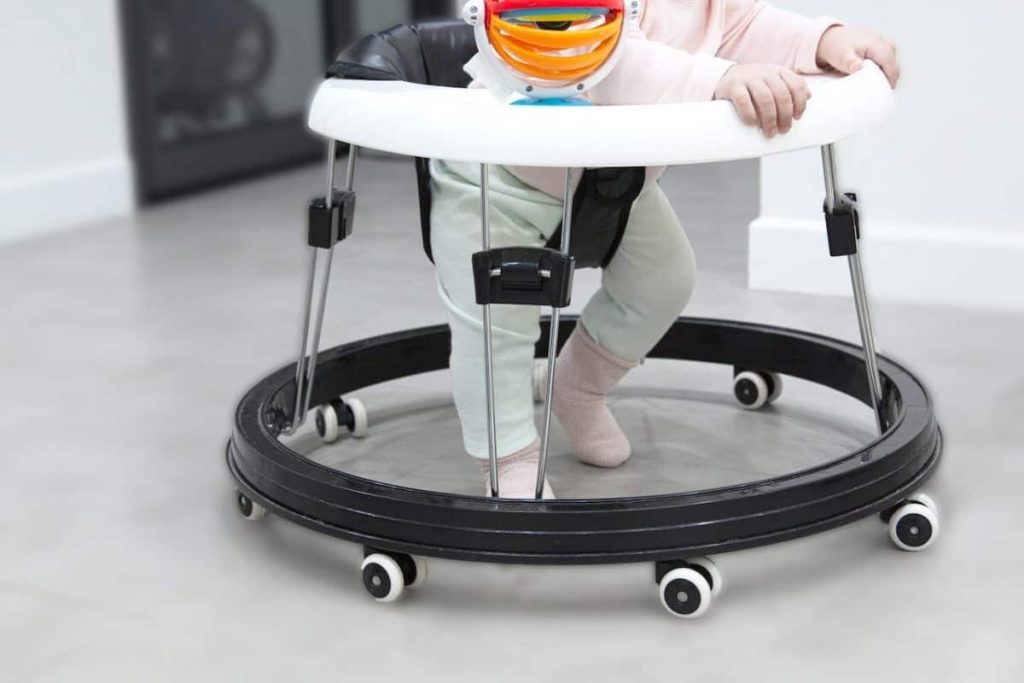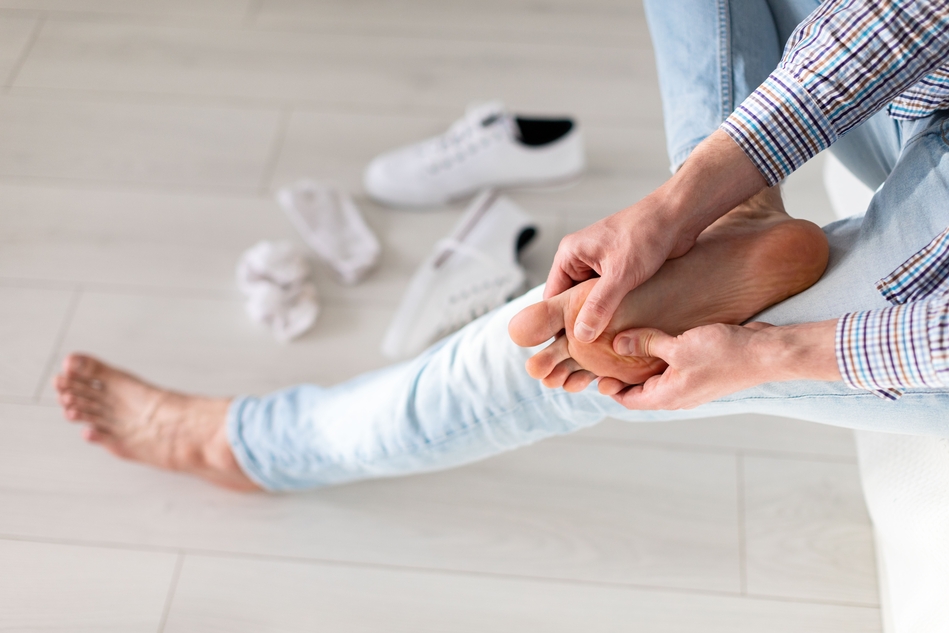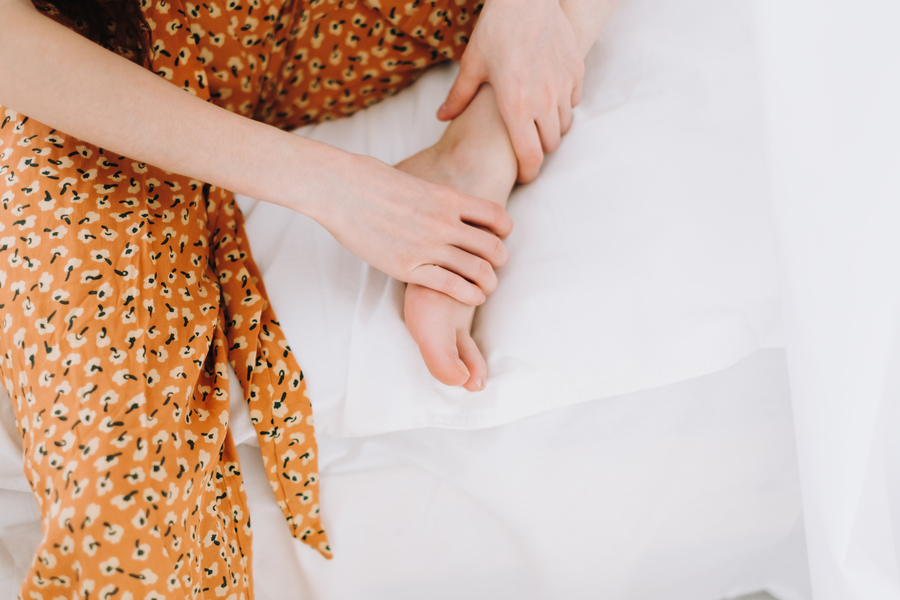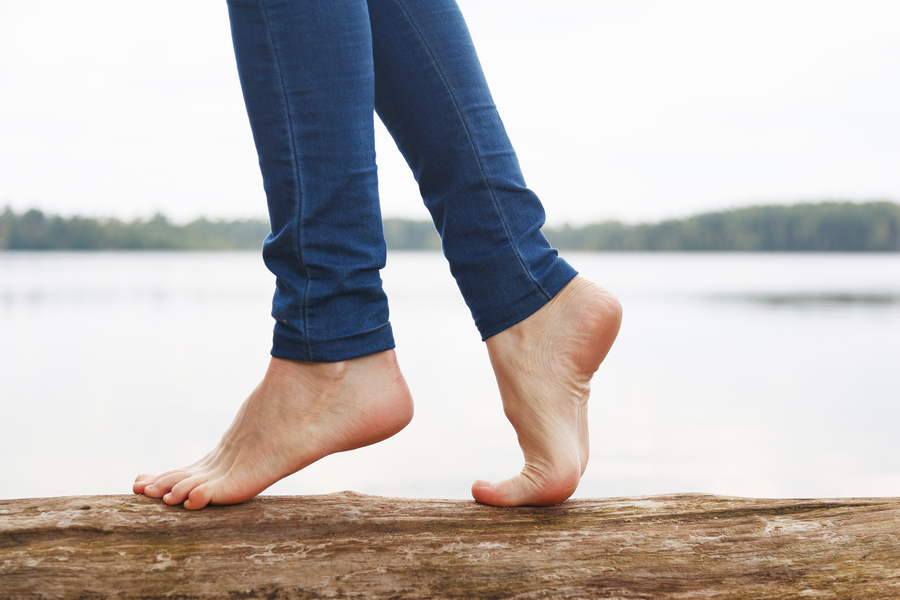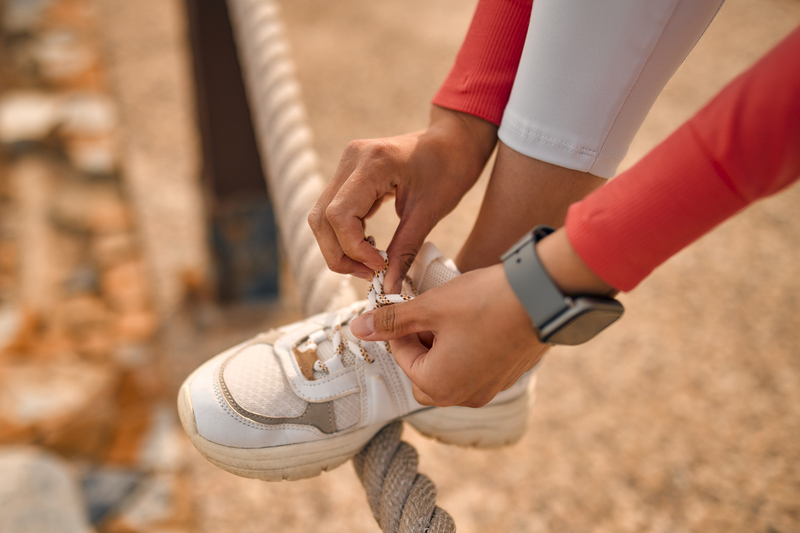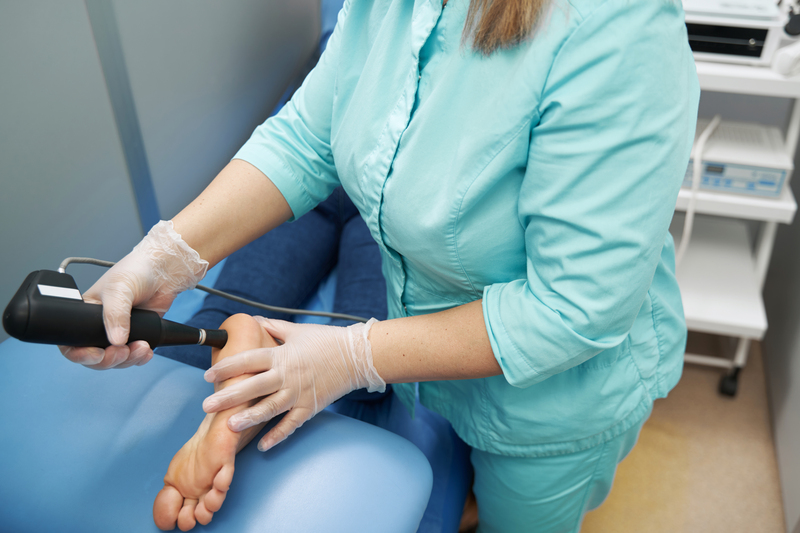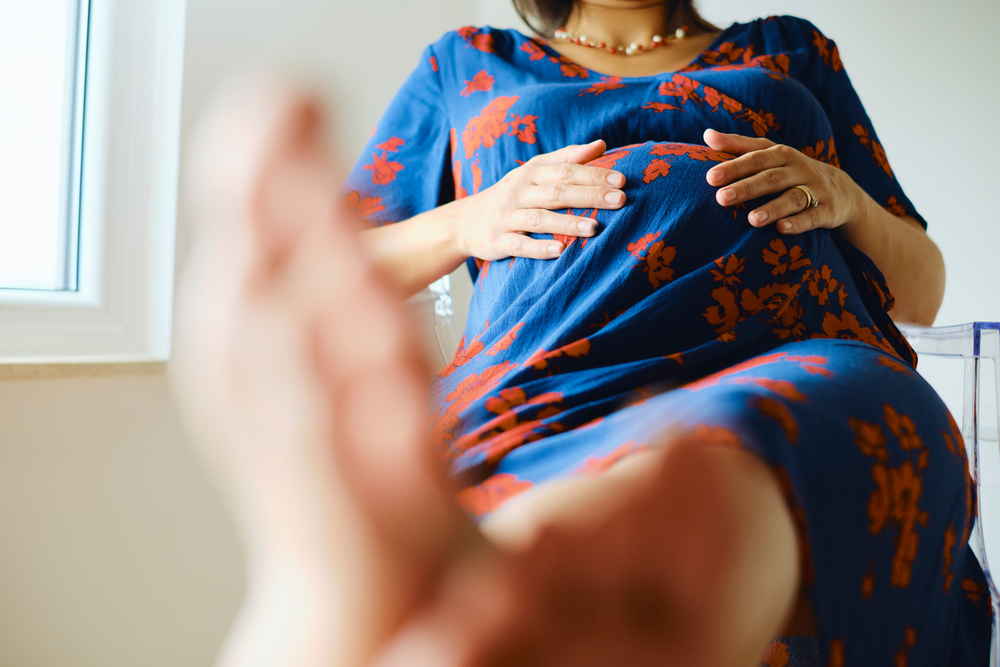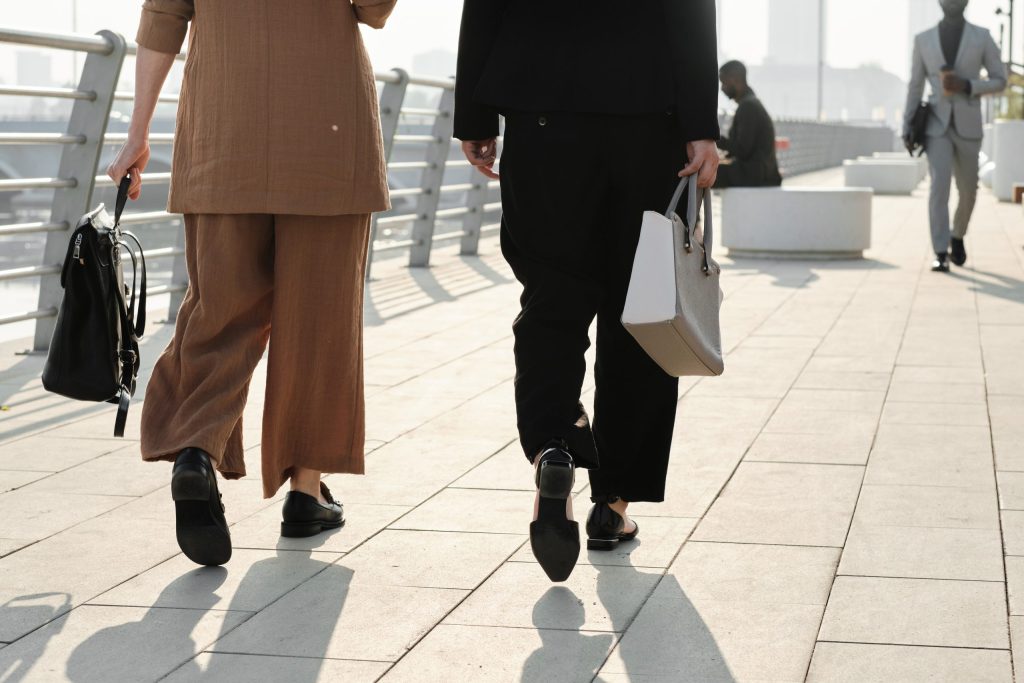Are you experiencing Cold feet?
Do you feel cold? Do you have the feeling of walking barefoot in the snow? Cold hands and feet are a frequent problem, but should you seek medical attention? Let’s find out. What are the reasons? There are many reasons that cause cold feet. The most common cause is poor blood flow to your legs and feet. If you suffer from frequent cold feet. Cold extremities may also be a sign of more serious problems such as peripheral artery disease, rheumatic diseases, hypothyroidism, or Raynaud’s phenomenon. Raynaud’s disease is a common condition that causes the blood vessels in the fingers and toes to become excessively narrow. Therefore, you will need to visit a doctor at Health and Style Medical Center to accurately determine the true cause and conduct the necessary tests. But why? You may notice that your feet and hands are the first to get cold while your chest and torso are still warm. Because your feet are farthest from your heart, blood takes longer to reach the ends of your body. For example, your hands and feet may take longer to warm up. Will I get cold feet? It can affect anyone, but they are more common in people who have one of the following: Are there other symptoms? Symptoms can include: What is the treatment for cold feet? There are many ways to treat cold feet. Of course, the first step will be to treat any medical conditions that cause this case as a symptom. The following steps will also help you relieve the feeling of cold: Be careful Avoid heating your feet using hot water or heating pads, as they may cause severe burns because you may need a longer time to feel the heat. A safe alternative is to wear thick socks, such as wool socks, to warm the feet.
Are you experiencing Cold feet? Read More »

